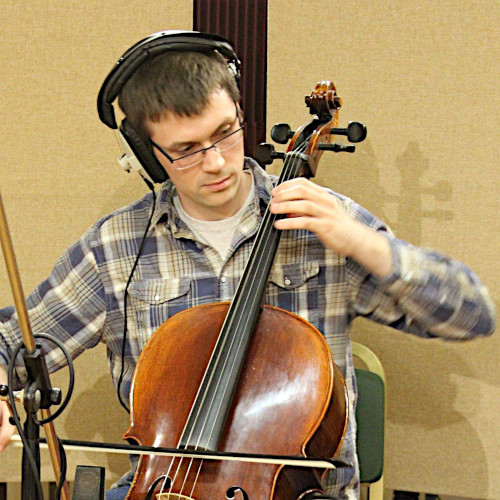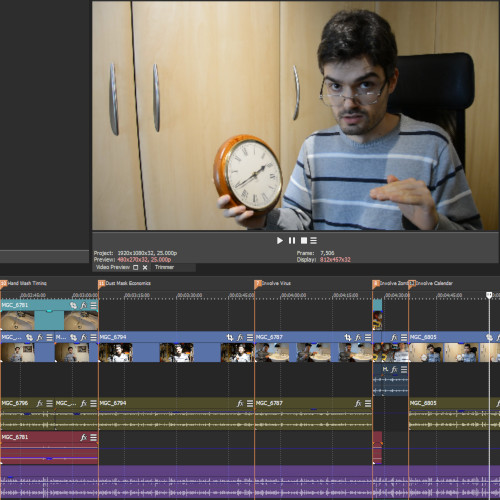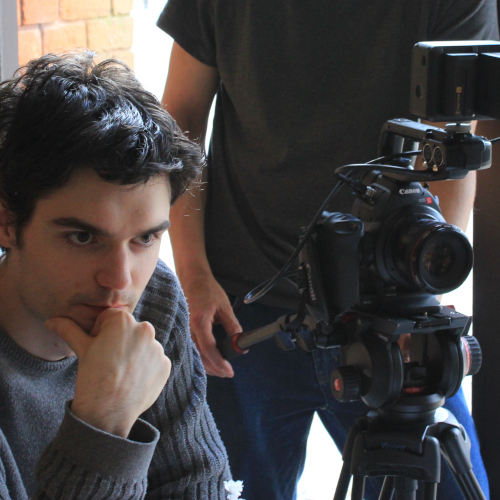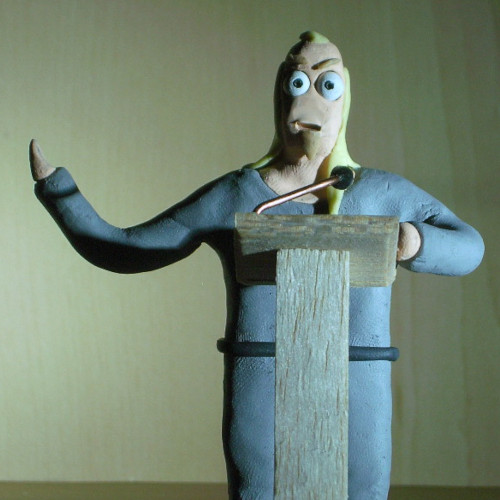He has to wake up. He doesn't like it. Coffee helps.
In mid-late 2017, after a few years making micro-format episodic material like Papercuts and The Murkum Show, mostly in stopmotion animation, I realised (or more accurately, had it pointed out to me by Tim) that I'd ended up in something of a rut. I hadn't made a stand-alone short film in ages (the closest I'd got being the HD remaster of The Probe Has Succeeded), and I needed to branch out and try something new.
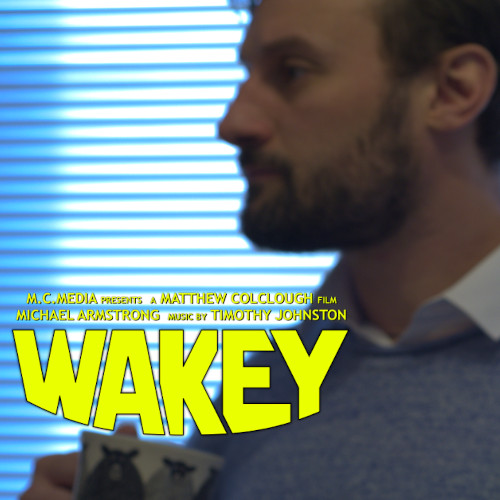
I did some brainstorming. Various ideas came to me, some more viable than others, and one of the ones that took my fancy was the notion of a zero-dialogue live-action short about someone waking up, with images of nature and of technology serving to illustrate his changing internal state. I thought that was an apt theme for the first film in a new phase, so I grabbed my DSLR and headed off into the local nature reserve to start collecting footage.
Both technically and stylistically, Wakey was a drastic departure from all of my recent work: I never wrote a script for it (although I had pre-planned the general narrative shape before I started filming) or draw any storyboards, and I gathered the illustrative footage in an almost documentary-crew manner, just going where I needed to be and then pointing my lens at whatever bits of the scene took my fancy. This ended up being the only project where I've had to worry about the phases of the moon, and I'm looking forward to not having to do that again in a hurry! As part of the film's stylistic approach, I decided to shoot everything - even wide-angle landscapes - using a 60mm prime macro lens, handheld, with a maxed-out exposure time of 1/25s per frame wherever possible, and a lot of the footage has extensive focal movement, often intentionally creating degrees of blur which gradually reduce over the course of the story in order to illustrate the character's emerging mental clarity as he wakes up.
The last block of material to be filmed was the primary narrative with the film's sole actor, Michael Armstrong, which enabled me to show him a selection of the illustrative footage as part of his briefing.
The soundscape uses a mix of elements which I recorded myself (including the computer noises and the kettle boiling, taken from the same objects as the corresponding visuals), some elements sourced from FreeSound (mostly the nature stuff), and a single-cue soundtrack by Tim, whose primary task was to represent the emerging state of wakefulness. We spent a lot of time and several drafts hammering out a fifteen-second section towards the end of the film where I was having some difficulty explaining what I wanted the score to do, but we got there in the end, and then the film was the first to have its sound mix finalised on my new set of studio speakers.
